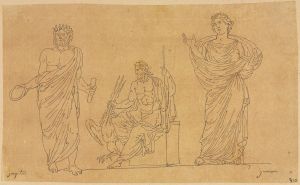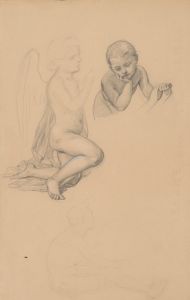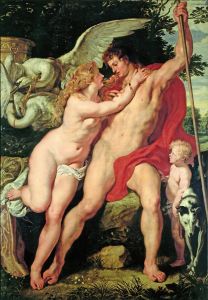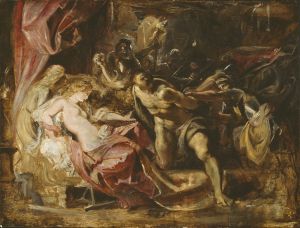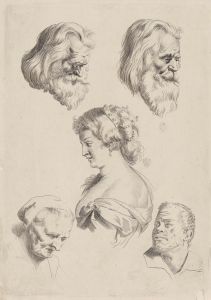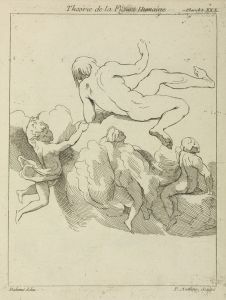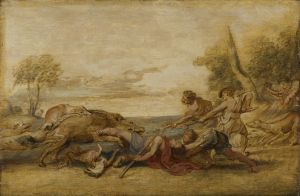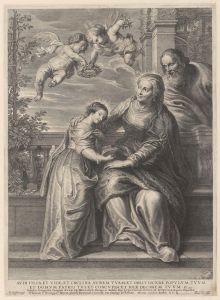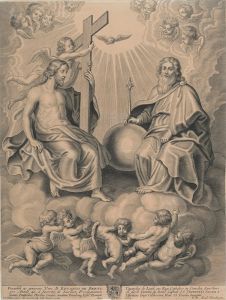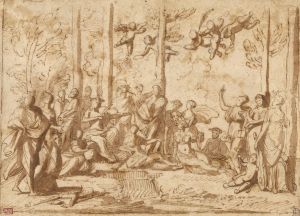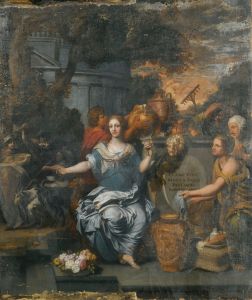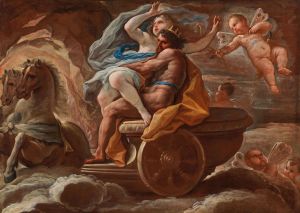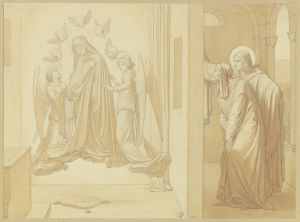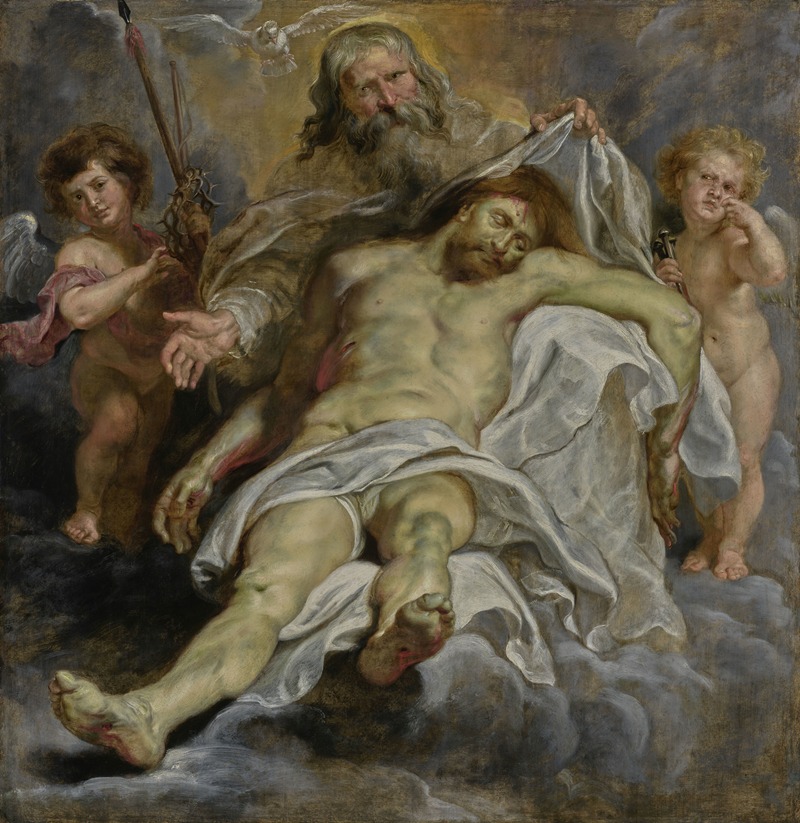
The Holy Trinity
A hand-painted replica of Peter Paul Rubens’s masterpiece The Holy Trinity, meticulously crafted by professional artists to capture the true essence of the original. Each piece is created with museum-quality canvas and rare mineral pigments, carefully painted by experienced artists with delicate brushstrokes and rich, layered colors to perfectly recreate the texture of the original artwork. Unlike machine-printed reproductions, this hand-painted version brings the painting to life, infused with the artist’s emotions and skill in every stroke. Whether for personal collection or home decoration, it instantly elevates the artistic atmosphere of any space.
Peter Paul Rubens, a prominent Flemish Baroque painter, is renowned for his dynamic compositions and vibrant use of color. Among his many religious works, "The Holy Trinity" stands out as a significant piece that reflects his mastery in depicting complex theological themes through art. This painting is a testament to Rubens' ability to convey profound religious narratives with emotional depth and technical skill.
"The Holy Trinity" by Rubens is a depiction of one of the central mysteries of Christian theology: the unity of the Father, the Son, and the Holy Spirit. In this painting, Rubens captures the divine essence of the Trinity, a theme that has been a subject of artistic interpretation for centuries. The composition typically includes God the Father, Jesus Christ the Son, and the Holy Spirit, often represented as a dove, symbolizing peace and divine presence.
Rubens' interpretation of the Holy Trinity is characterized by his signature Baroque style, which emphasizes movement, vivid contrasts, and a sense of grandeur. His use of light and shadow, known as chiaroscuro, enhances the dramatic effect of the scene, drawing the viewer's eye to the central figures and creating a sense of divine illumination. The figures are often depicted with a sense of dynamism and emotion, reflecting Rubens' ability to infuse his religious subjects with a sense of life and vitality.
The painting is also notable for its rich color palette, a hallmark of Rubens' work. He employs deep reds, blues, and golds to convey the majesty and holiness of the Trinity. The use of color not only adds to the visual impact of the painting but also serves to highlight the spiritual significance of the scene. Rubens' attention to detail and his ability to render textures, such as the softness of fabric or the radiance of divine light, further enhance the painting's realism and emotional resonance.
Rubens' "The Holy Trinity" is housed in various collections, and its exact location can vary depending on the specific version or study of the work. Rubens often created multiple versions of his compositions, and his workshop frequently produced replicas and variations under his supervision. This practice was common among artists of his time, allowing for wider dissemination of their work and ideas.
The painting reflects Rubens' deep understanding of religious iconography and his ability to translate complex theological concepts into visual form. His work was heavily influenced by the Counter-Reformation, a period during which the Catholic Church sought to reaffirm its doctrines and inspire faith through art. Rubens, being a devout Catholic, often infused his paintings with a sense of spiritual fervor and devotion, making them powerful tools for religious expression and contemplation.
In summary, "The Holy Trinity" by Peter Paul Rubens is a masterful representation of one of Christianity's most profound mysteries. Through his expert use of composition, color, and light, Rubens creates a work that is both visually stunning and theologically rich, reflecting his status as one of the leading artists of the Baroque era. His ability to convey the divine through art continues to inspire and captivate audiences, making his depiction of the Holy Trinity a significant contribution to the world of religious art.





